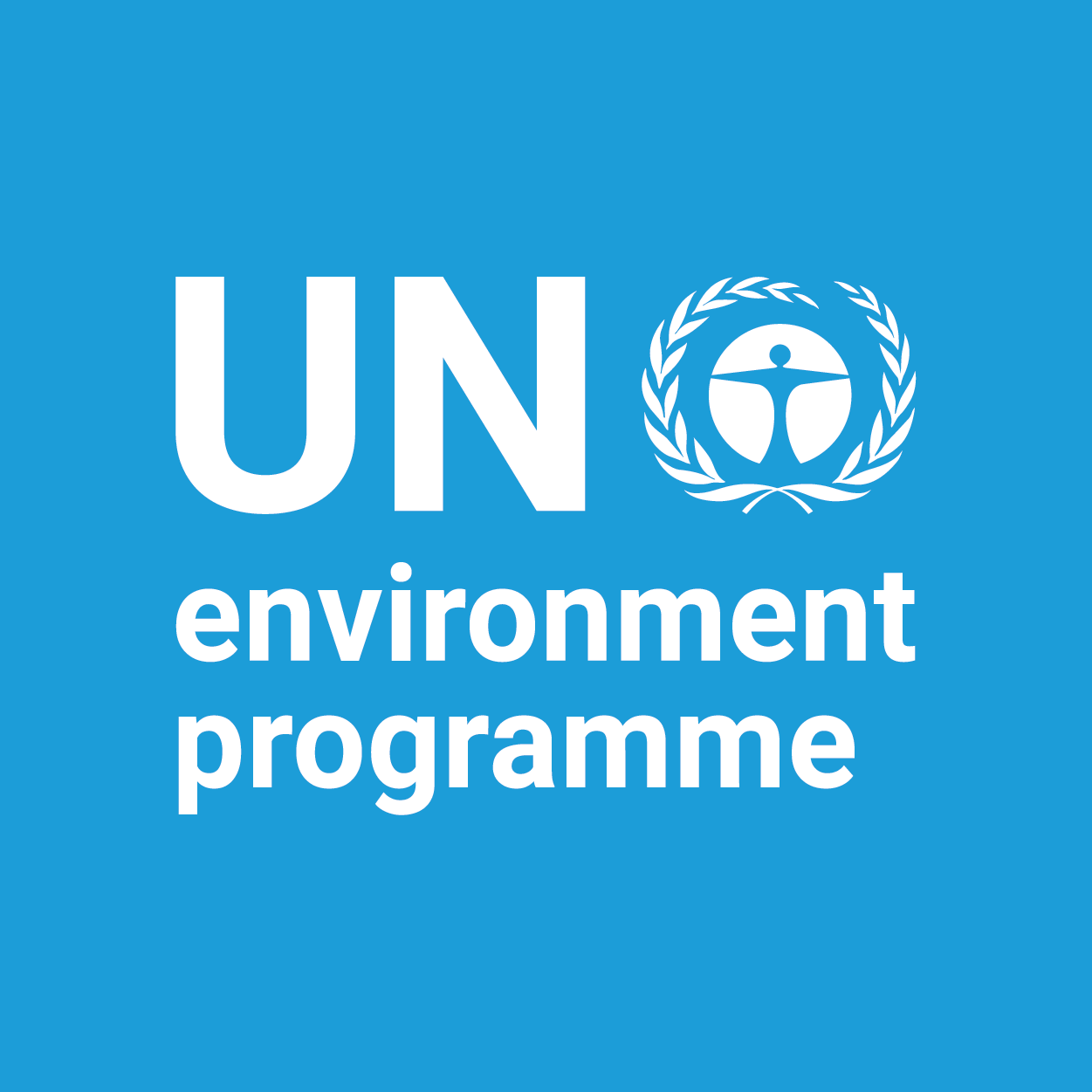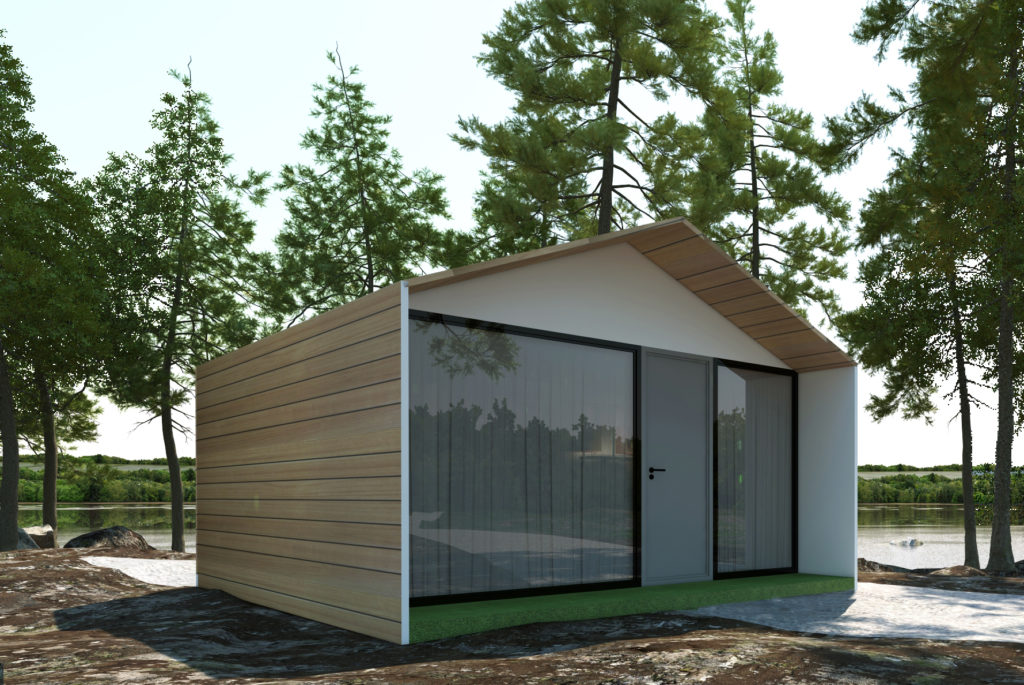
Pakistan | 2018
Objective: provide ultra energy efficient, reusable housing for low income communities, displaced communities and labour camps
Millions of people around the world are currently displaced due to natural disasters, climate change, terrorism and war. One of the consequences of this large influx of displaced people is a significant housing shortage. As a result, displaced people are forced to live in shelters and camps in dreadful conditions, exposing them to social and health problems.
How can a circular economy approach help solve the problem? “My business, Modulus Tech, manufactures low-cost, flat-packed houses and structures that can be assembled in as little as three hours. The flat-pack nature minimizes transport costs, while the modular construction allows for customization and other applications. They also come with integrated electrics and plumbing, so the structures are ready for use as soon as they are assembled. Once set up, the houses offer privacy and hygienic living standards. Additionally, we use building materials such as Fibre Cement Composites and Wood Plastic Composites that have a lifespan of 30 years and are recyclable. The materials have a carbon footprint 52 times lower than traditional concrete homes, and offer superior insulation characteristics that save energy.”
ModulusTech homes are also – incredibly – designed to be reusable. Since they cater to temporary housing needs, they are trucked in flat pack format, and can be disassembled and reassembled multiple times in a few hours. Saquib is a winner of the Asia Pacific Low Carbon Lifestyles Challenge. He received a $10,000 grant from UNEP, training from experts and a chance to pitch for an additional $10,000 grant (which he won).
“In 2016, due to the civil war in Syria. The refugee crisis saw over 4 million refugees become homeless, with governments and agencies unable to house them due to high cost and complicated logistics. Many were left exposed to extreme climate and social problems in makeshift camps. My team and I felt we could use our engineering knowledge to create an affordable, quick-to-assemble flat-pack shelter that could greatly improve the lot of those displaced.”


